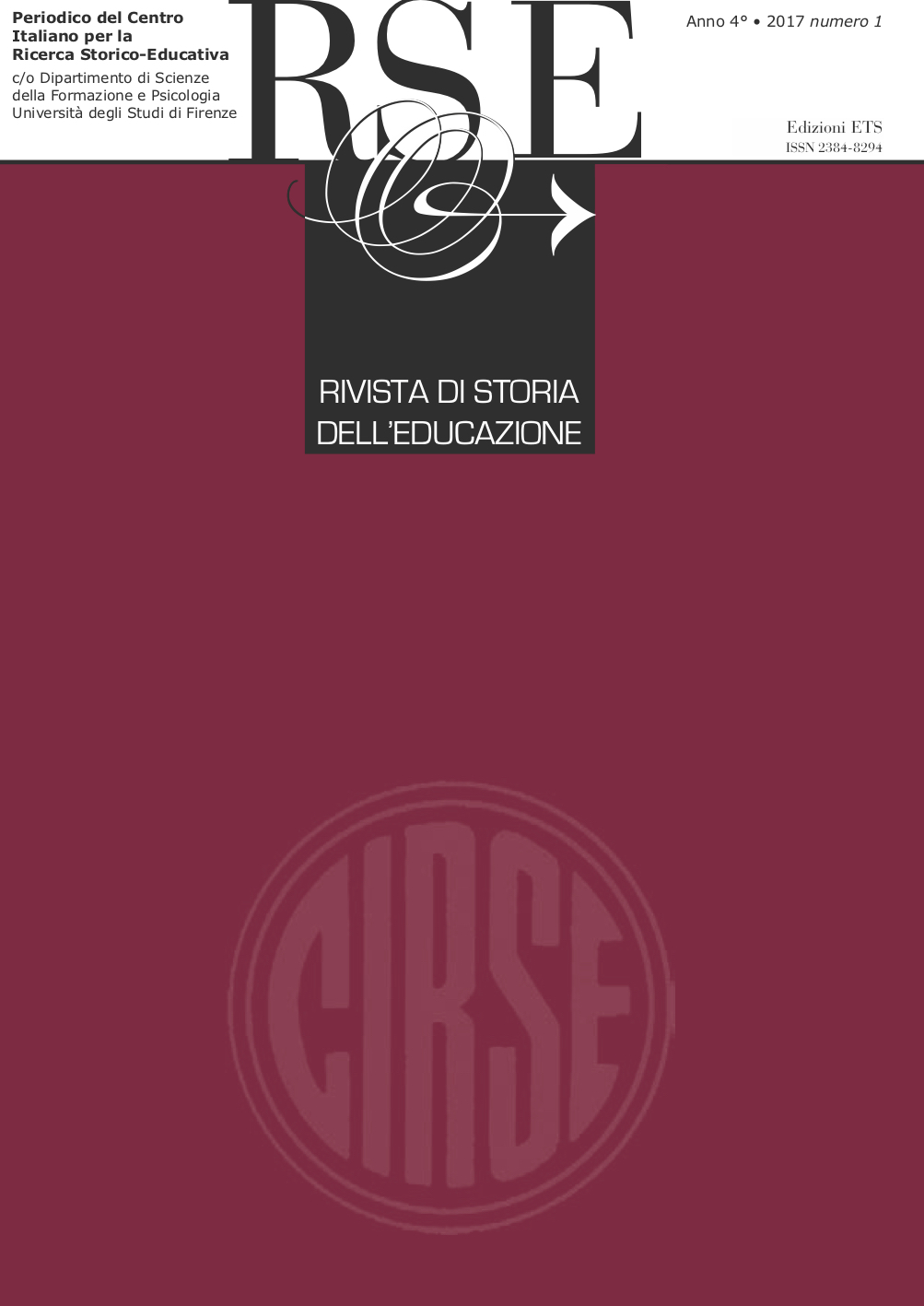Educational policies and school manuals: historical-comparative analysis between Italy and Tunisia
Published 2018-11-21
How to Cite
Abstract
The aims of this research was to reconstruct the ways in which both history and geography secondary schools manuals represent the other, specifically those embodied by the Arab-Muslim world in specific regard to Italian textbooks; and Tunisian textbooks in regards to the Europe-occident. A cross examination offered the researcher an opportunity to perform a comparative analysis between the two chosen countries, in order to understand both the convergences and divergences in imagery of otherness conveyed through the textbooks. The following questions were asked: On what factors and elements has the narration and construction of itself been founded? How have the countless exchanges, meetings, clashes, dialogues and knowledge been elaborated contemporaneously? Which identity view has been chosen? What is the role that covers the ‘otherness’ in the representation of itself?
This research will try to understand whether ethnocentrism is a possible ideological drift that belongs to both countries or not; without aspiring to explanations or improper generalisations. Identical choices are always culturally and historically located, and are clearly reflected in textbooks. Such textbooks are offered as sources that, if duly interrogated, can reveal multiple clues as to the identity choices, memberships, closures and narratives of themselves and others.

